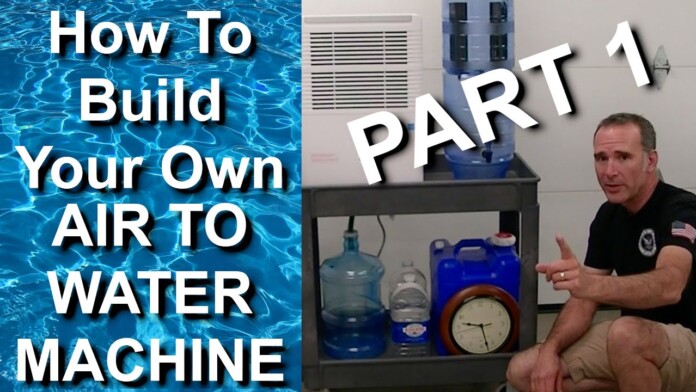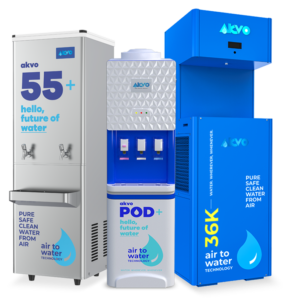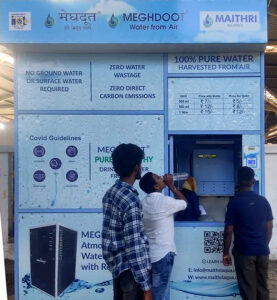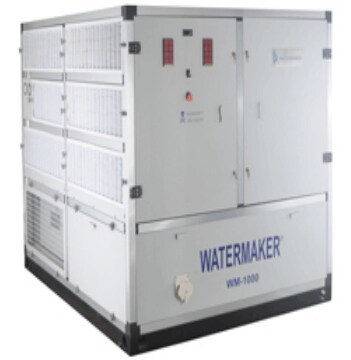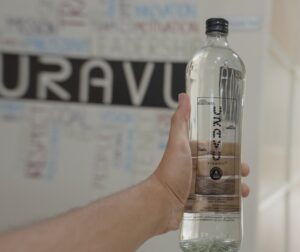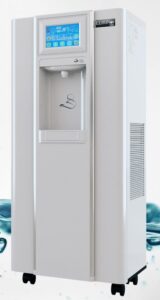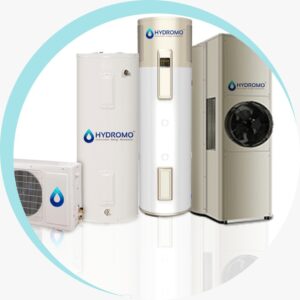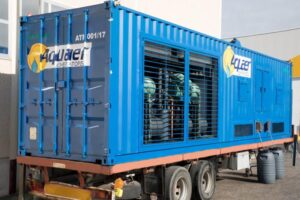Air-to-water technology converts atmospheric humidity into potable water through a process akin to natural dew formation. The system typically involves a series of cooling coils that chill the air around them, causing moisture to condense into water droplets. This condensate is then collected, filtered, and treated to ensure that it is potable.
The technologies are viable in coastal regions where average humidity levels often exceed 70%, facilitating more efficient water production. However, recent breakthroughs show water can be harvested even in regions with a low humidity of 30%.
The air-to-water devices are becoming popular. A recent survey by the Water Management Institute indicated that over 40% of respondents in urban areas are willing to invest in such systems. Consumers are aware that despite higher initial setup costs the long-term benefits are encouraging.
Key Players
Google search showed 30 air-to-water products in the market. Here’s a shortlist of a few that have made notable strides in technology and access.
Akvo Atmospheric Water Systems
Akvo caters to residential and commercial sectors. They can produce between 50 to 1000 liters of water per day depending on environmental conditions like humidity and temperature. Akvo’s claims that their machines consume up to 30% less energy because of efficient condenser designs and better heat exchange materials. This not only reduces operating costs but also mitigates the environmental impact of these systems.
Maithri Aquatech
Maithri Aquatech focuses on sustainable technology by integrating solar and wind power into their systems. The company actively works with various sectors, including educational and healthcare institutions, to deploy these systems, aiming to reduce the carbon footprint of water production. The company believes that better integration of renewable energy sources can reduce operational costs by up to 40% over the lifespan of the system.
WaterMaker India
WaterMaker India offers a range of air-to-water systems, from small household units to larger setups designed for community use. Their technology is particularly beneficial in arid regions with unreliable conventional water sources. Their systems are utilized in disaster relief efforts, providing an immediate source of clean drinking water.
Uravu Labs
Uravu Labs develops air-to-water systems that operate efficiently even in regions with lower humidity levels. By incorporating renewable energy sources into their designs, they aim to enhance the sustainability and cost-effectiveness of their systems over time. This adaptability makes their technology a viable option for a broader range of climatic conditions.
Uravu builds the system and provides it on a service basis and the pricing is anywhere between INR 3-10 per litre based on the scale and type of energy input of the system.
Elixir H2O
Elixir H2O specializes in compact, easy-to-install air-to-water systems suitable for urban environments. Their design focuses on user-friendliness and low maintenance, catering to urban consumers who value convenience and reliability.
Hydromo
Hydromo distinguishes itself by incorporating smart technology into its air-to-water systems. They provide real-time data on water quality and system performance, appealing to consumers interested in technology-driven solutions. This approach enhances user experience by allowing for better management and maintenance of the systems. It integrates advanced technology like IoT for monitoring and managing water quality and system performance remotely.
Aquaer
Aquaer produces portable air-to-water systems designed for quick setup and use in emergency or remote areas. Their systems are valued in disaster relief contexts, where speed and efficiency in providing clean water are crucial.
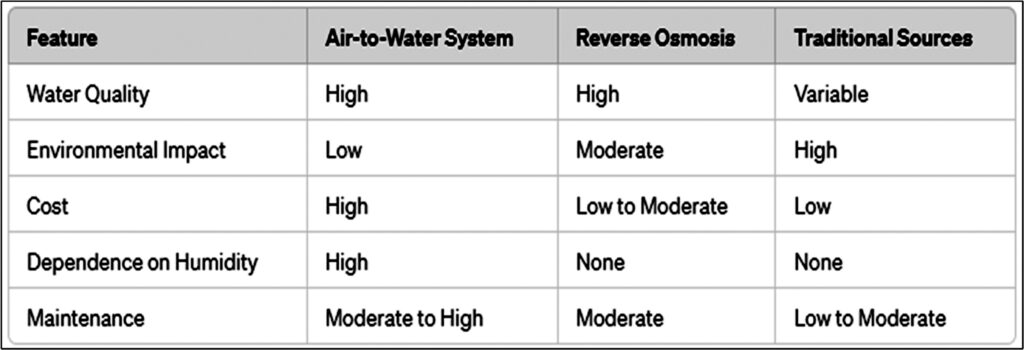
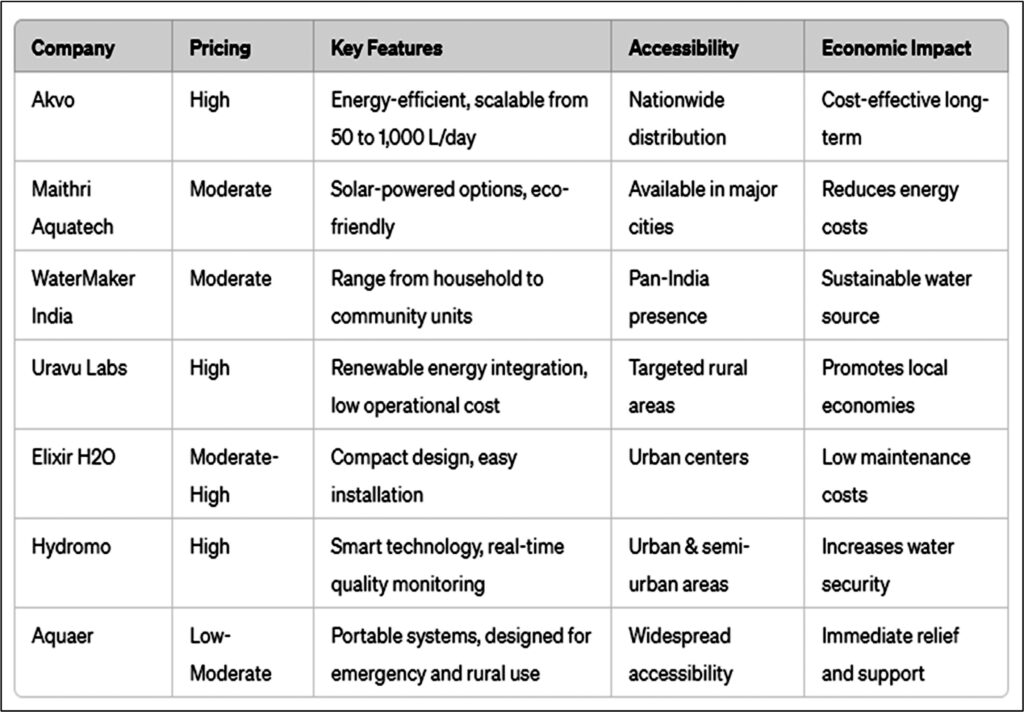
Future Trends
Research into advanced materials such as superhydrophobic surfaces and better refrigerants can further improve the efficiency of water condensation and energy use.
More extensive climatic studies are needed to map the potential of air-to-water technology across different regions, considering the changing global climate patterns. They could be permanently available in remote arid regions such as Rajasthan and Kutch. Farm productivity increases by a third, especially where women workers are engaged as they don’t have to walk long distances to fetch a pot of water. Government and CSR support can help spread the use of air-to-water devices in remote schools, communities and slums in urban centers.
The air-to-water alternative to drinking water is particularly suitable in regions where traditional water sources are either contaminated or over-exploited. As the technology continues to evolve, with enhancements in energy efficiency and reductions in operational costs, it could play a significant role in India’s water access strategy.
The success of air-to-water systems will hinge on continuous technological improvements and supportive policies that promote sustainable products and solutions. Better integration with renewable energy sources, like rooftop solar systems, and smart subsidies could reduce the cost of these devices.
As global climate patterns make water scarcity acute, air-to-water devices could replace wasteful and expensive reverse osmosis machines. As cyclones and droughts are becoming a norm, air-to-water could soon become a necessity.
Make your own water from air
https://www.youtube.com/watch?v=nGhLBZyLL3c


